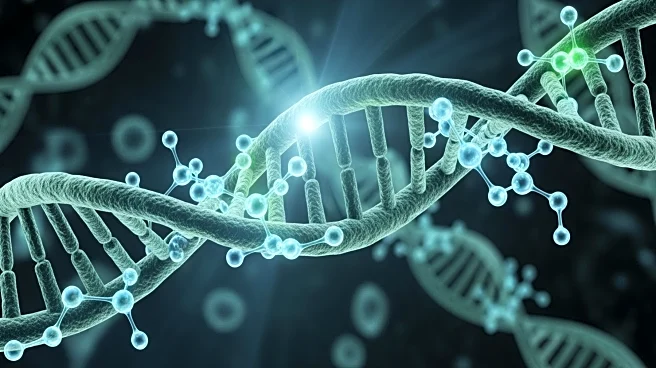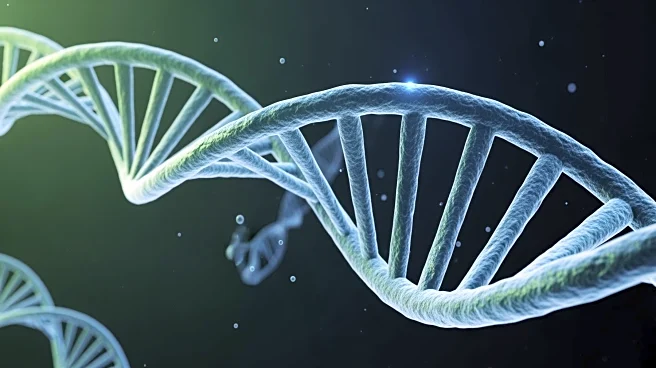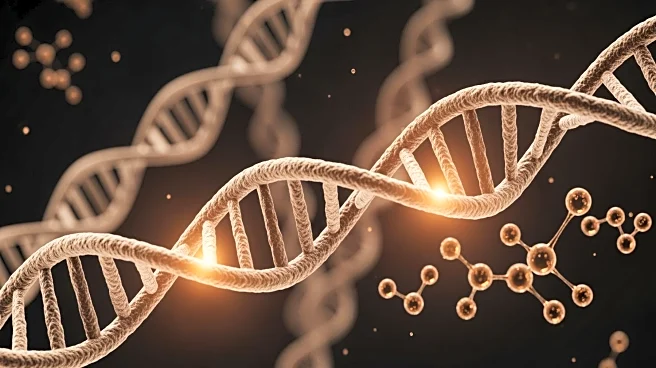What's Happening?
Researchers have developed engineered chromatin readers (eCRs) that track damaged chromatin dynamics in live cells and animals. These eCRs, based on BRCT domains, allow for precise visualization of DNA
damage sites without interfering with endogenous protein binding. The study demonstrates the eCR probe's faster localization kinetics at DNA damage sites, providing a reliable tool for studying chromatin dynamics and DNA repair processes in real-time.
Why It's Important?
The ability to track DNA damage in live cells is crucial for understanding cellular responses to genomic stress and the mechanisms of DNA repair. This advancement in chromatin reader technology offers potential applications in cancer research, where DNA damage and repair play a significant role in tumor development and treatment resistance. By providing insights into chromatin dynamics, eCRs could inform therapeutic strategies and improve the efficacy of treatments targeting DNA repair pathways.
What's Next?
Future research may focus on optimizing eCR technology for broader applications in live-cell imaging and expanding its use in various biological contexts. The development of eCRs with enhanced specificity and sensitivity could lead to new insights into chromatin behavior and DNA repair mechanisms. Collaboration between researchers and clinicians may drive the translation of this technology into clinical settings, potentially improving diagnostic and therapeutic approaches for diseases involving DNA damage.











